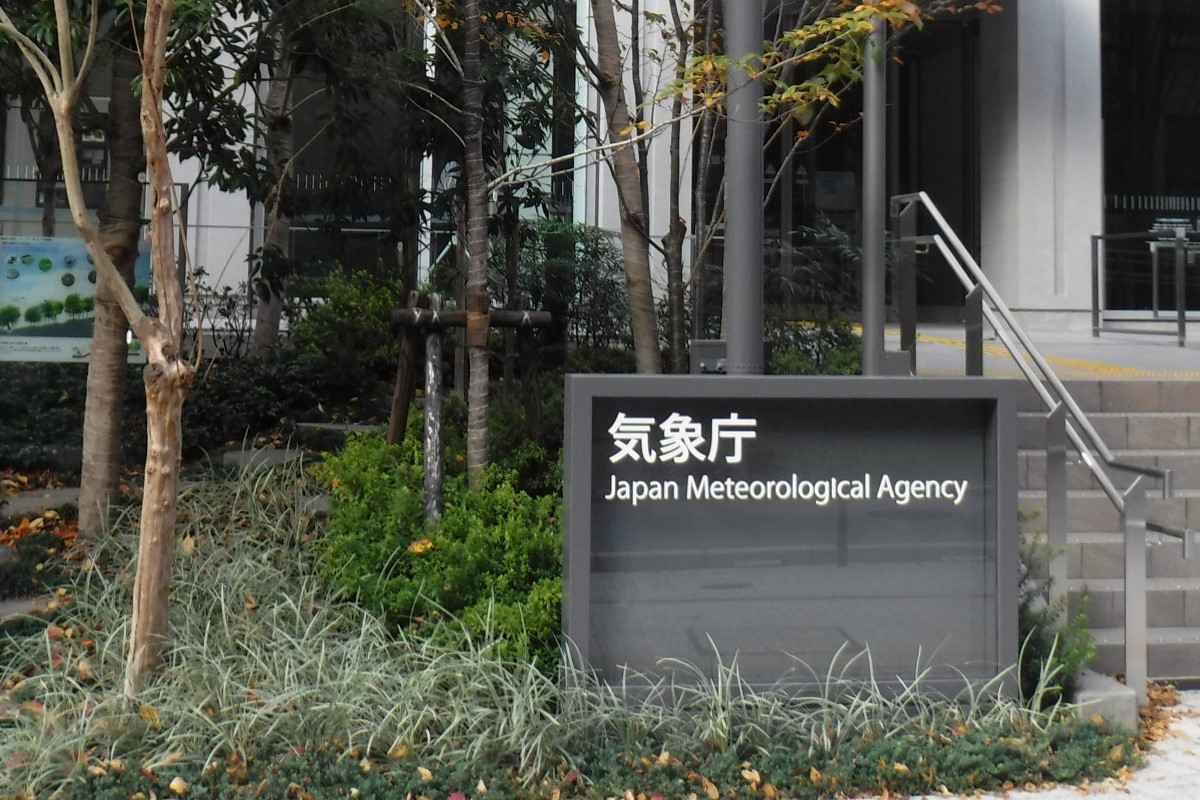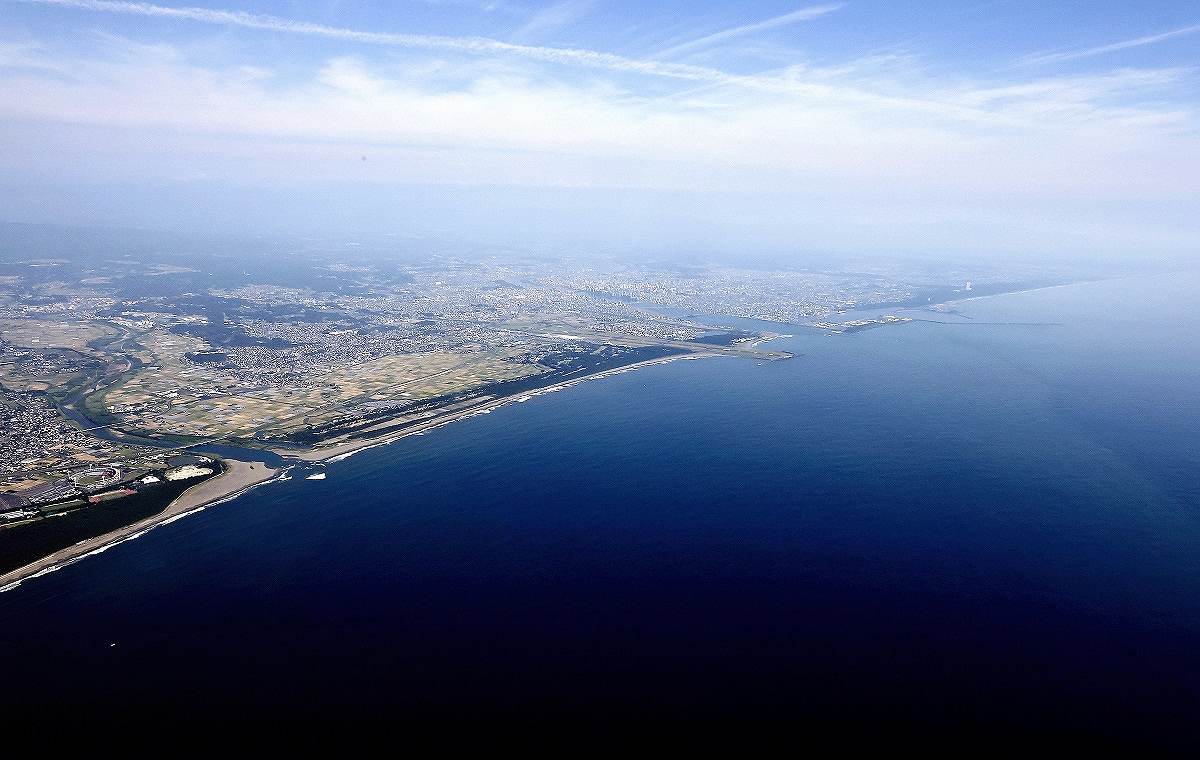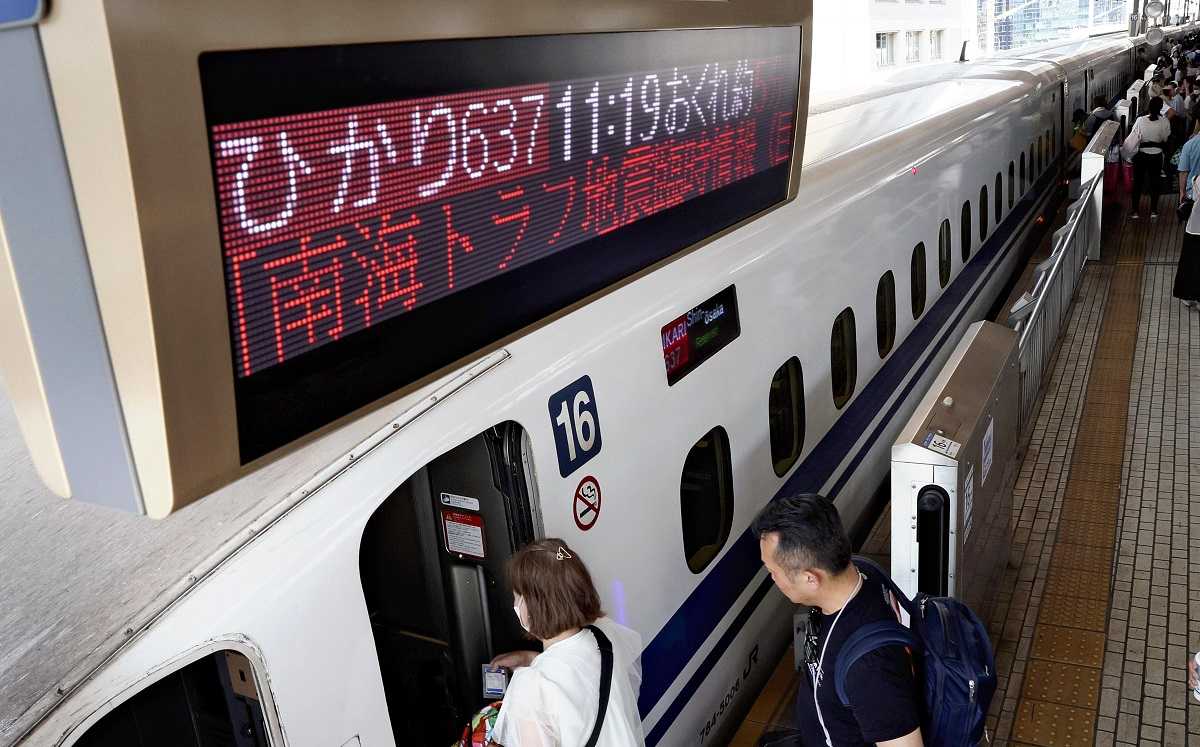Japan’s Weather Agency Calls for Caution Against Quake Prediction Hoaxes; Advises Focus on Disaster Prevention Measures

The Japan Meteorological Agency building in Minato Ward, Tokyo
16:16 JST, August 12, 2024
It is extremely difficult to predict the specific location and date of earthquakes based on current scientific knowledge. The recently issued megaquake advisory called the Nankai Trough Earthquake Extra Information was issued based on the statistical probability of a quake occurring.
According to the Japan Meteorological Agency, a total of 1,437 earthquakes with a magnitude of 7 or greater occurred worldwide from 1904 to 2014. Of these, there were six cases in which a subsequent earthquake of magnitude 7.8 or greater occurred within 50 kilometers of the epicenter of the first quake within seven days.
On Thursday, a magnitude-7.1 earthquake occurred in the Hyuganada Sea at the southwestern edge of the Nankai Trough. The agency judged that the possibility of a megaquake in this area had increased relative to normal times.
The difficulty of accurately predicting earthquakes has been demonstrated by past massive earthquakes. For example, the government has promoted disaster preparedness measures based on the premise of predicting a so-called Tokai earthquake, which is believed to possibly occur on the east side of the Nankai Trough.
However, despite the occurrence of a magnitude-7.3 earthquake off the Sanriku coastal area in the Tohoku region, on March 9, 2011, the government failed to predict the massive magnitude-9 Great East Japan Earthquake that occurred two days later.
Based on this case, the government in 2017 changed its policy, deciding to issue an advisory calling for alert or attention after such incidents as a magnitude-6.8 or stronger earthquake occurring in the same focal area. It did so from the belief that under current scientific knowledge, it was difficult to predict with a high degree of certainty that a Tokai earthquake would occur within two to three days.
Based on such circumstances, the agency now states on its website: “Information that predicts earthquakes by specifying the date, time and location is a hoax. There is no need to be concerned.”
The agency also claims that there is no scientific explanation for the “earthquake clouds” that are claimed to appear before major earthquakes, and that there is no scientific basis for the ability of animals and plants to predict earthquakes.
With the spread of social media posts regarding earthquake prediction, Kiyoshi Takeda, head of the agency’s Office of Large-scale Earthquake Analysis, told reporters Saturday that “People are advised not to be misled by false information and should prepare disaster prevention measures.”
"Society" POPULAR ARTICLE
-

M4.9 Earthquake Hits Tokyo, Neighboring Prefectures
-

Israeli Tourists Refused Accommodation at Hotel in Japan’s Nagano Pref., Prompting Protest by Israeli Embassy and Probe by Prefecture
-

M7.5 Earthquake Hits Northern Japan; Tsunami Waves Observed in Hokkaido, Aomori and Iwate Prefectures
-

Tsukiji Market Urges Tourists to Avoid Visiting in Year-End
-

M5.7 Earthquake Hits Japan’s Kumamoto Pref., Measuring Upper 5 Intensity, No Tsunami Expected
JN ACCESS RANKING
-

Keidanren Chairman Yoshinobu Tsutsui Visits Kashiwazaki-Kariwa Nuclear Power Plant; Inspects New Emergency Safety System
-

Imports of Rare Earths from China Facing Delays, May Be Caused by Deterioration of Japan-China Relations
-

University of Tokyo Professor Discusses Japanese Economic Security in Interview Ahead of Forum
-

Tokyo Economic Security Forum to Hold Inaugural Meeting Amid Tense Global Environment
-

Japan Pulls out of Vietnam Nuclear Project, Complicating Hanoi’s Power Plans


























